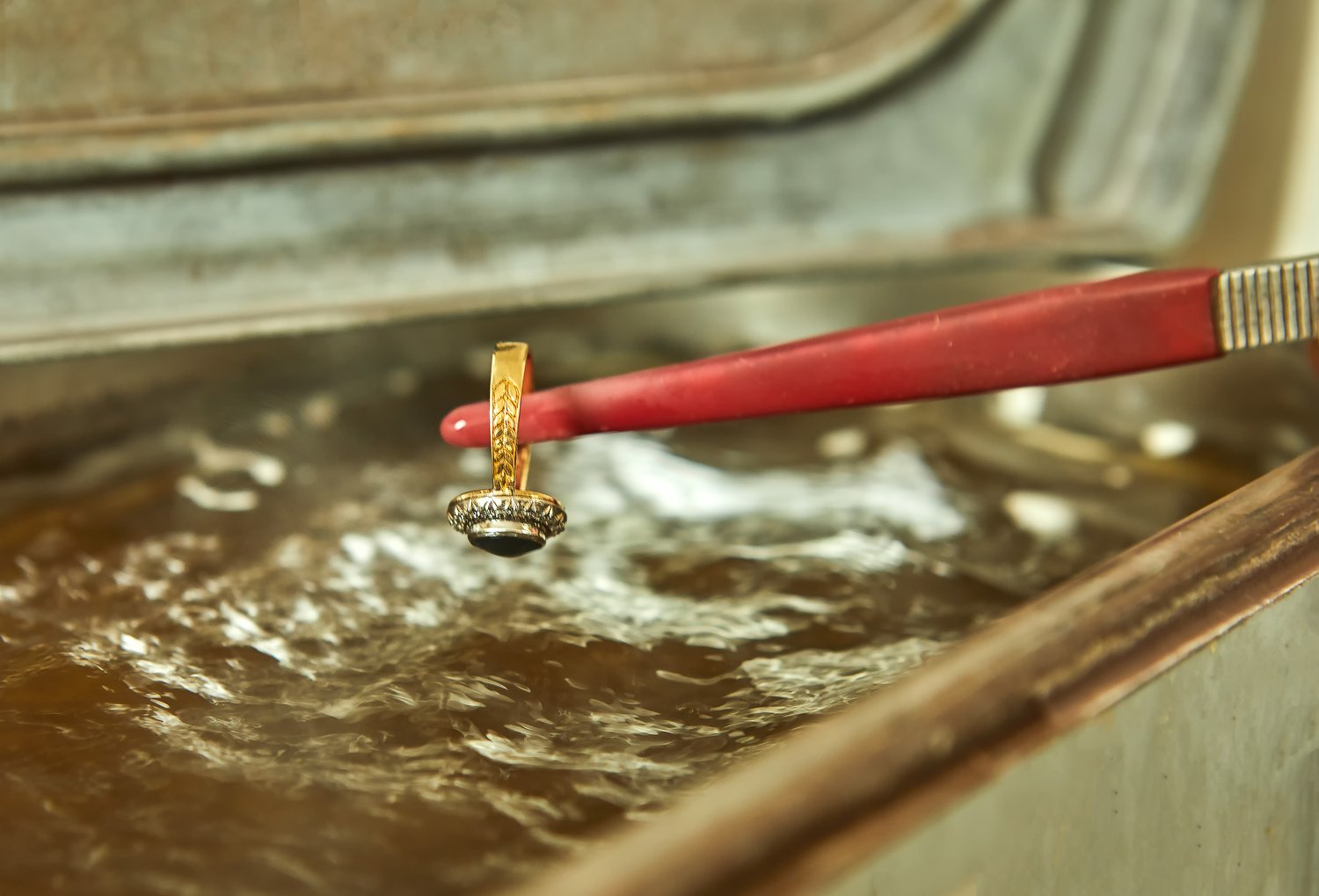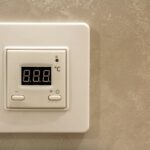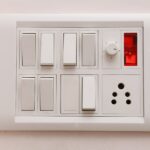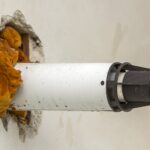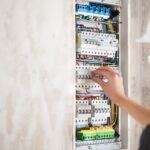Leaking washing machines can lead to unexpected water bills and potential damage to your home. Understanding why your washing machine is leaking and knowing how to address it immediately is crucial for preventing extensive repairs and maintaining peace of mind. With this guide, we’ll help you identify the root cause of the leak and offer emergency fixes to mitigate any water damage quickly.
- Learn the fundamental reasons behind washing machine leaks and initial diagnostic steps to take.
- Identify internal components like gaskets, seals, and hoses that might be at fault.
- Discover quick solutions to prevent water damage until professional assistance can be arranged.
- Explore long-term strategies for washing machine maintenance to avoid future leaks.
By the end of this article, you’ll be equipped with the knowledge to tackle leaks efficiently, ensuring your appliance runs smoothly and continues to serve you well without a hitch.
Why Is My Washing Machine Leaking? Diagnosis and Emergency Fixes: Quick Solutions to Prevent Water Damage
If you find that your washing machine is leaking, it’s crucial to take immediate steps to minimize water damage. First, turn off the water supply to the washing machine to halt further leakage.
Next, carefully move the washing machine away from the wall and inspect all visible fittings and hoses. Look for any cracks or loose connections that might be allowing water to escape. Tighten loose fittings gently, but don’t over-tighten as this might cause damage.
Once you’ve addressed visible issues, use a mop or towels to soak up any water that has pooled around or under the washing machine. Ensure the area is as dry as possible to prevent further complications such as electrical hazards or mold growth.
Adopt temporary measures such as placing a large basin or plastic sheet under the washing machine. This can collect any residual drips or leaks until professional repair services arrive. Remember, timely intervention is key to preventing significant water damage.
Preventive Measures and Future Maintenance for Washing Machine Leak Prevention
Preventing leaks from your washing machine in the long term involves regular maintenance and a few proactive steps. Consider scheduling periodic checks to ensure the machine’s components, such as hoses and seals, are in optimal condition.
Inspect hoses every six months for signs of wear, brittleness, or cracking. Replacing them every five years is advisable, even if no visible damage exists, to maintain hydraulic integrity. Consider using stainless steel braided hoses for added durability.
Another preventive measure is to avoid overloading your washing machine, as this can put undue pressure on internal parts and increase the risk of leaks. Follow the manufacturer’s guidelines on load capacity to ensure optimal performance.
Additionally, it’s beneficial to clean the washing machine’s filter regularly to avoid blockages that might cause leaks. Ensure the machine is level on the floor to prevent imbalanced spinning, which can strain internal mechanisms.
Committing to these routine checks and maintenance measures will extend the life of your washing machine and reduce the likelihood of unexpected leaks. Consider engaging a professional for regular maintenance inspections to ensure your appliance is operating efficiently and safely.
Understanding Why Is My Washing Machine Leaking: Common Causes and Initial Diagnosis
If you’ve ever asked yourself, “Why is my washing machine leaking?”, you’re not alone. Washing machine leaks are a common but frustrating issue in many households. Understanding the fundamental causes can save you time and money in the long run. Several factors can lead to leaks, and pinpointing the source is the first step in addressing the problem effectively.
Begin by checking the most common areas where leaks occur. The hoses are a primary cause, so inspect the connections for any signs of wear and tear. Look for visible cracks or bends that could lead to water escaping. Another area to assess is the door seal on front-loading machines, which can become compromised over time, allowing water to seep through.
Apart from physical wear, blocked or clogged drainage systems often result in leaks. It’s essential to ensure that your machine drains water properly, so check the filter and water pump for any obstructions. Performing an initial diagnostic assessment yourself can help narrow down the issue, setting a clear path for the necessary repairs.
Addressing leaks promptly not only prevents potential water damage to your home but also enhances the efficiency of your appliance, saving energy and cost in the long term. Performing regular inspections and addressing minor issues before they escalate can significantly prolong your washing machine’s lifespan.
Troubleshooting Interior Leaks in Your Washing Machine
When leaks aren’t apparent from external components, it’s necessary to delve deeper into the machine’s interior. Interior leaks often stem from worn gaskets, damaged seals, or faulty hoses, critical components responsible for containing water within the machine.
Start by examining the gasket, particularly in front-loading washing machines. This rubber seal ensures a tight closure and, if damaged, can allow water to escape during washing cycles. Check for tears, warping, or signs of decay along its surface. Cleaning the gasket regularly, especially in the folds, can also prevent mold buildup, which can compromise its integrity.
Seals around agitators or drum bearings are another potential culprit. Over time, these seals can degrade due to regular use, causing leaks when water is agitated vigorously. Inspect these seals for any indications of wear and replace them if necessary.
Hoses within the machine, such as those connected to the drum or pump, can develop leaks over time due to pressure and movement. Ensure these hoses remain secure and check for any leaks or drips at junctions and bends. Replacing damaged sections promptly can prevent more severe issues later on.
Identifying and addressing these internal components’ issues will not only fix current leaks but also contribute to the overall efficiency and longevity of your washing machine. Regular maintenance checks can preempt these problems, offering a more reliable and cost-effective solution for homeowners.
Frequently Asked Questions About Washing Machine Leaks
What are the most common causes of washing machine leaks?
Leaking hoses, faulty door seals, and clogged drains are common reasons for washing machine leaks.
How can I stop a washing machine leak temporarily?
Quickly turn off the water supply and carefully unplug the machine to prevent additional damage.
Can I fix a leaking washing machine myself?
Minor issues like a loose hose or simple gasket replacement can be DIY tasks, but consult a professional for complex repairs.
What should I do if my washing machine is leaking water inside?
Check the drain hose, drum seals, and internal pipes for blockages or damage.
How often should I inspect my washing machine for potential leaks?
Perform a visual inspection
- every three to six months
to catch potential issues early.
Are washing machine leaks dangerous?
Yes, leaks can cause electrical hazards and water damage. Address them as soon as possible.
What preventive measures can reduce washing machine leaks?
Ensure regular maintenance and proper installation of hoses and seals.
- Keep the machine level
- use the correct detergent amount
.

